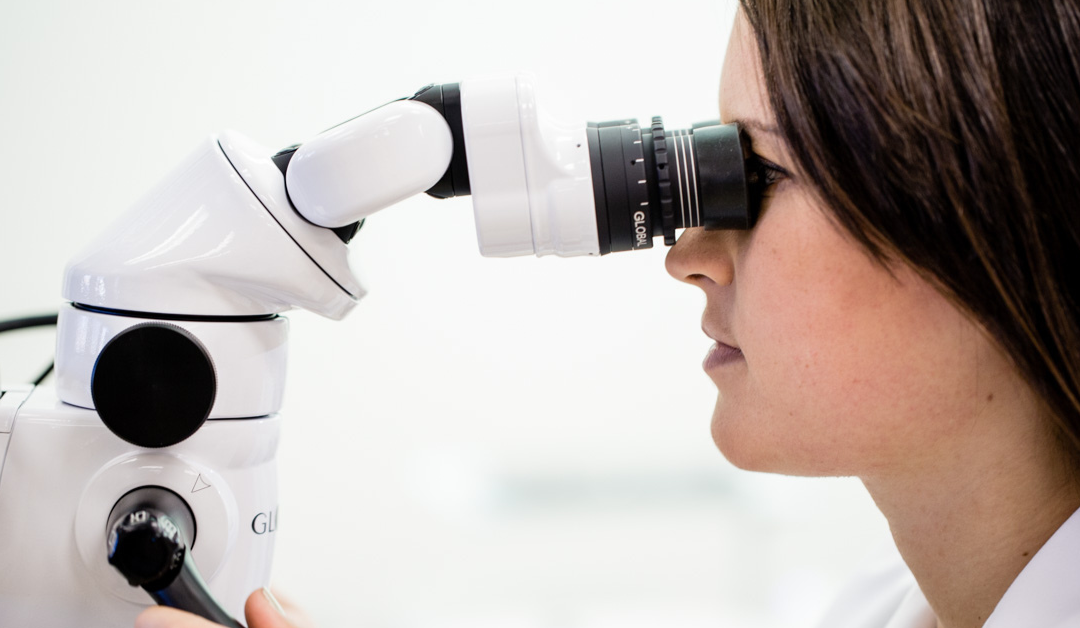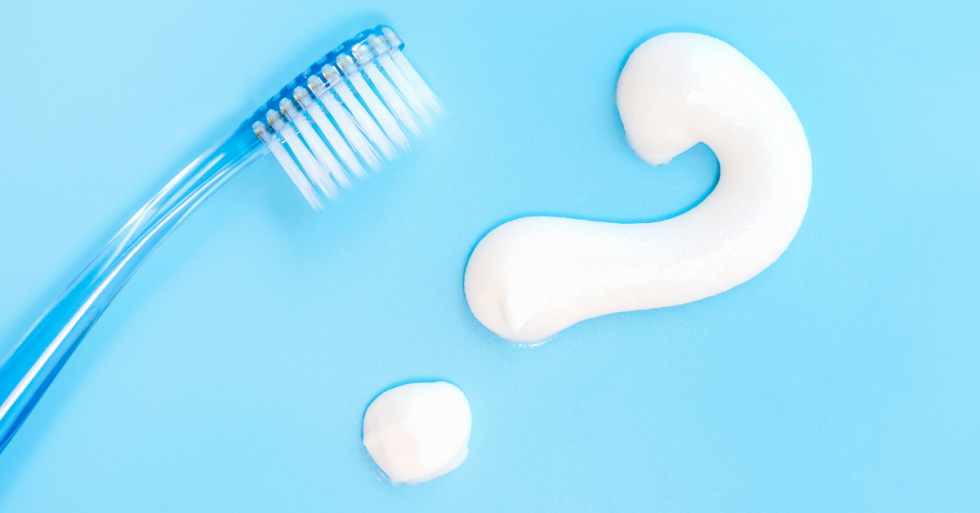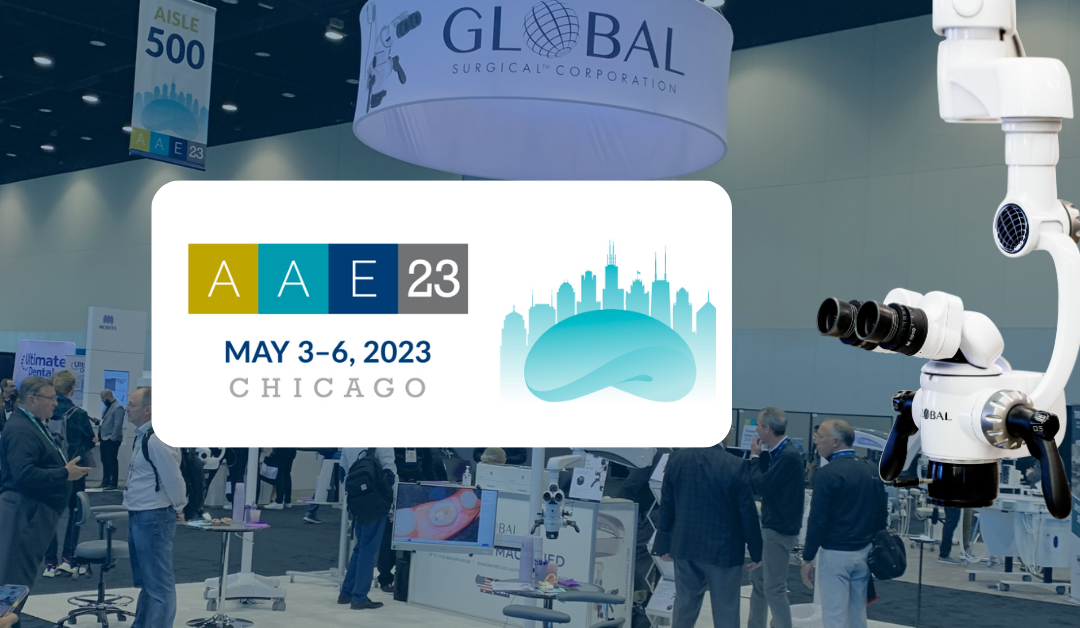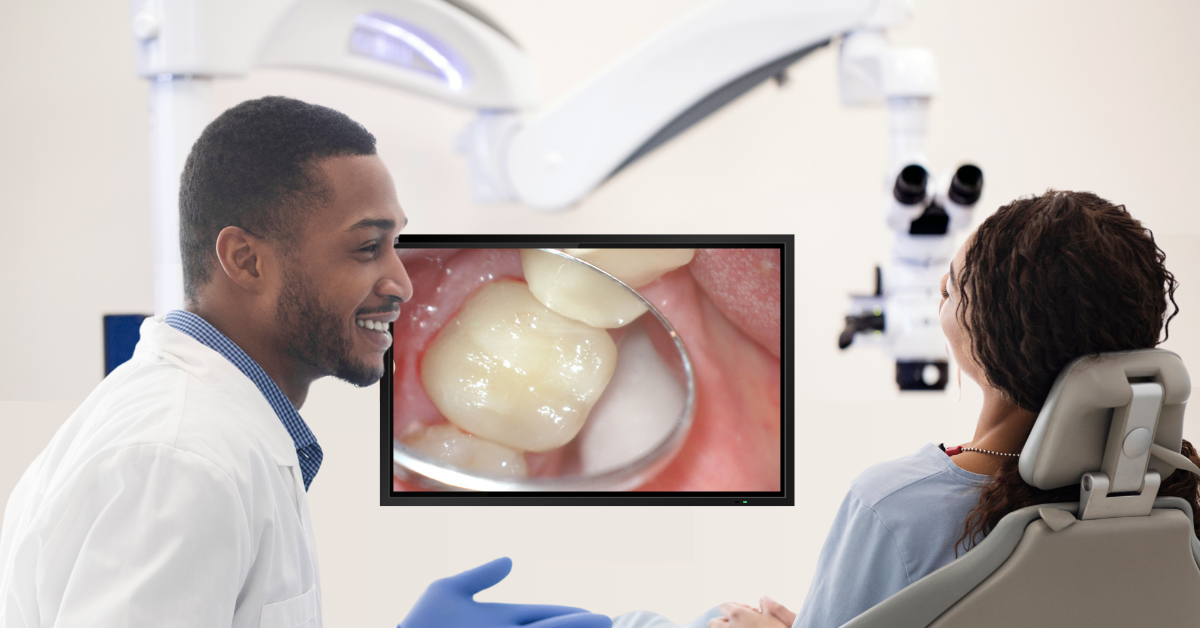Dental Education: Dental Microscopes for Engaging Lectures
In the field of dental education, lectures serve as a fundamental platform for knowledge dissemination and theoretical understanding. To make lectures more engaging and impactful, dental educators are increasingly incorporating innovative teaching tools. Among these tools, dental microscopes have emerged as a game-changer, revolutionizing the way educators deliver lectures and students grasp complex dental concepts.

.png)
.png)
.png)

.png)


.png)

